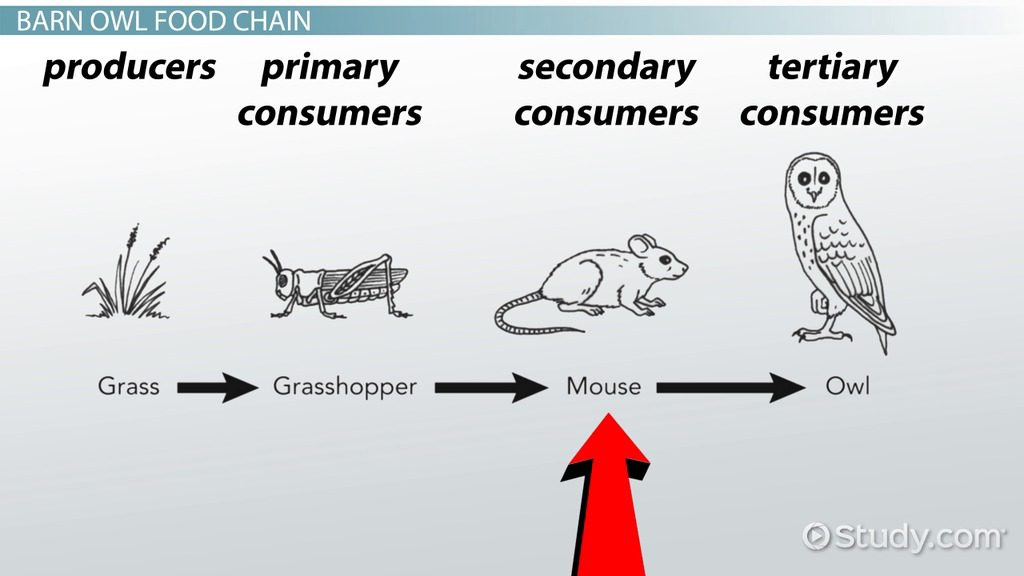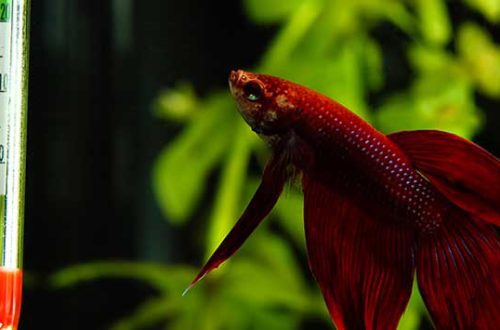
Who is an owl: what to call it, what it eats and features of the species
The owl has been known among people for a very long time. According to its biological characteristics, it is a nocturnal bird of prey. In addition, it is characterized by some similarity in appearance with other predators, which at the same time lead a daily lifestyle. Nevertheless, it is impossible to call them relatives, since they have a number of differences between themselves.
Contents
What do this order and other birds of prey have in common?
First of all, in order to be able to call an animal a relative of another, it is necessary, in addition to external similarities, to analyze them for the presence of common ancestors. And here you can see that owls are completely alien in relation to other birds of prey. Nonetheless there are a lot of similarities:
- Both birds of prey and owls choose warm-blooded animals as prey for their diet.
- Nocturnal birds have strong beaks that allow them to kill prey more easily.
- Also, nocturnal birds and birds of prey have very sharp claws designed for the same purpose.
Reasons for nocturnal lifestyle
The heroes of this article are nocturnal. The eyes are quite well adapted to the dark, which makes the animal capable of hunting. Owls recognize stationary objects at light levels as low as two millionths of a lux. Some people believe that owls have poor daytime vision. But it’s not. nocturnal lifestyle these birds is due to such reasons:
- They live at night for the reason that rodents come out at this time, which are the best delicacy for these birds. Naive mice believe that if they are nocturnal, then no one will see them. But no, because owls are tuned to eat mice. In addition, nocturnal birds hear well, so the slightest rustle of mice will be heard.
- In principle, owls do the same thing at night as mice, only more efficiently. They hide from enemies. It is not clear why, but the very sight of her causes aggression in other animals even if she has done nothing. So the poor fellows have to hide from them. By the way, an owl does not fly away from a person when he approaches her, not because he does not see him, but in order not to give himself away completely.
As you can see, nocturnal predators have good enough reasons why they sleep during the day and go hunting at night. It is this daily routine that makes these animals the most survivable. If they did not go hunting at night, then there would be no food, no life. After all, the owl would simply be pecked corny in this case. So the night birds are well settled.
General characteristics
Owls are called more than one species, but several, united in one family. According to the biological classification, they belong to the order of owls, which also includes a large number of other nocturnal birds. For example, this order includes species such as ordinary owls and barn owls. It also includes other species.
As for the weight, it may vary depending on the species. They can be either very light (120 grams) or quite heavy (600 grams, which is even more than half a kilogram). Not only weight differs in birds from species to species, but also height. For example, the little owl is only 20 centimeters tall. But the snowy owl has a body length of as much as 65 centimeters.
As for life expectancy, it is usually standard for most species. As a rule, the average life span of nocturnal predators is 12 years. The maximum recorded life span of these birds is 18 years. It all depends on what the owl eats and in what conditions it lives. Some people believe that this indicator may depend on how the owl is called. But this is most likely not true. You can give her any name as long as she is in your home.
Mating usually occurs in March-July. Puberty in birds begins somewhere around a year or two, depending on the species. It is impossible to say exactly about the general population of owls, since it can have different characteristics. So, there are more than a hundred species of this detachment themselves. To be more precise, there are 134 species in total. Owls usually lay 4 to 11 eggs per year. Sometimes it happens that such an amount is demolished twice a year, but these are already rare cases. The eggs are incubated by the female for 4-5 weeks. Chicks fly for the first time somewhere within 5-8 weeks of life, and leave the nest after 12 weeks.
What does an owl eat
The nutritional habits of nocturnal predators may differ from species to species. They can eat both rodents and one of the representatives of such animals as:
- Birds
- earthworms
- Frogs
- Snails
- Various insects
As you can see, not only warm-blooded are food for night birds. Nevertheless, the main food that free owls necessarily consume is rodents. They cope with this task brilliantly, since even their ears are tuned to the same frequency rangein which mice squeak. Thanks to this feature, birds can catch a thousand voles per season, which has a good effect on agriculture both in a single country and private farmers.





